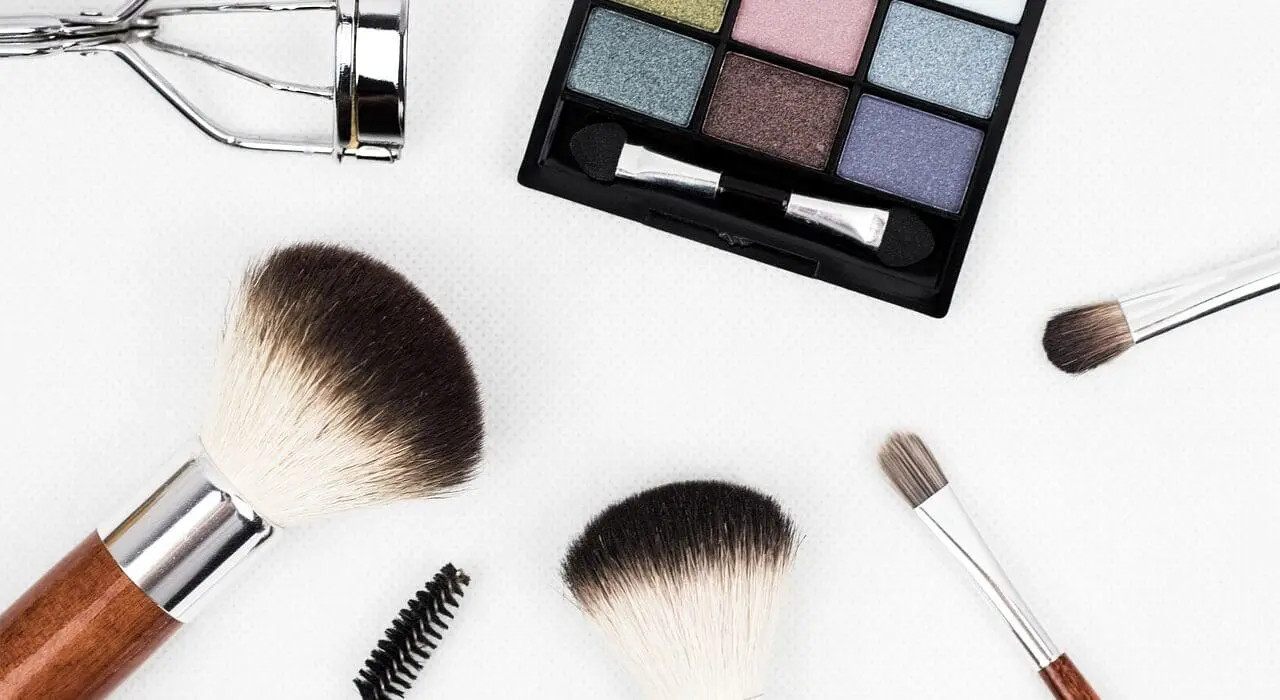The new-age consumers, driven by the rising incomes of the middle class, seek beauty products that offer personalization instead of buying off-the-rack products.
Consumers are seeking toxin-free products, products that are compatible with their specific skin tone (as opposed to fair & lovely preferences); and genderless beauty is becoming increasingly popular.
Consumers are also making ingredient-specific purchases, the report adds. Further, they are also being exposed to tech that allows for customization of products, such as serums.
A lot of action is being seen in specialized use cases, from acne management to anti-ageing solutions. In order to produce more effective products for a targeted audience, brands are investing a significant amount of resources and organisation bandwidth in new product development, R&D, and customer insights,” says Sakshi Chopra, MD, Peak XV.
By 2027, Redseer predicts that such specific use case products will account for 60% of the market.
Consumers around the world are increasingly seeking products ‘made to them’, tailored to their unique skin and body types. As a result, the masstige and premium categories are experiencing rapid growth,” said Rohan Agarwal, Partner at Redseer Strategy Consultants.
It’s all about the skin -beauty products
It’s obvious that pure-play beauty companies like L’oreal, Honasa (Mamaearth) and Nykaa have more skin in this game than HUL.
Between 2022 and 2027, pure-play BPC companies saw an average revenue growth of 10% – five times what FMCG companies see. They hold 33% of the market, which is expected to rise to 42% by 2027.
Pure play companies are able to disrupt the market for a number of reasons. For instance, they can capture the trend of moving to masstige and premium products with faster R&D and product development. According to the report, some companies have been able to shorten the time to market by 50%.
Using this method, they are able to target a greater number of specific use cases – helping them curb a larger share of the rapidly fragmenting market.
The Indian BPC market is $30 billion, and a third of it – $10 billion – is purchased online. There are over 150 million online BPC customers in India.
Many successful beauty brands aren’t just online and offline – they’re meeting their customers through live commerce, virtual reality and augmented reality stores, and more. Based on customer data from multiple surveys, Beiersdorf launched a D2C brand powered by AI.
Besides spending more on marketing, pure-play brands also educate and create awareness – clinching the secret to making people feel as well as look good.
Also Read:
